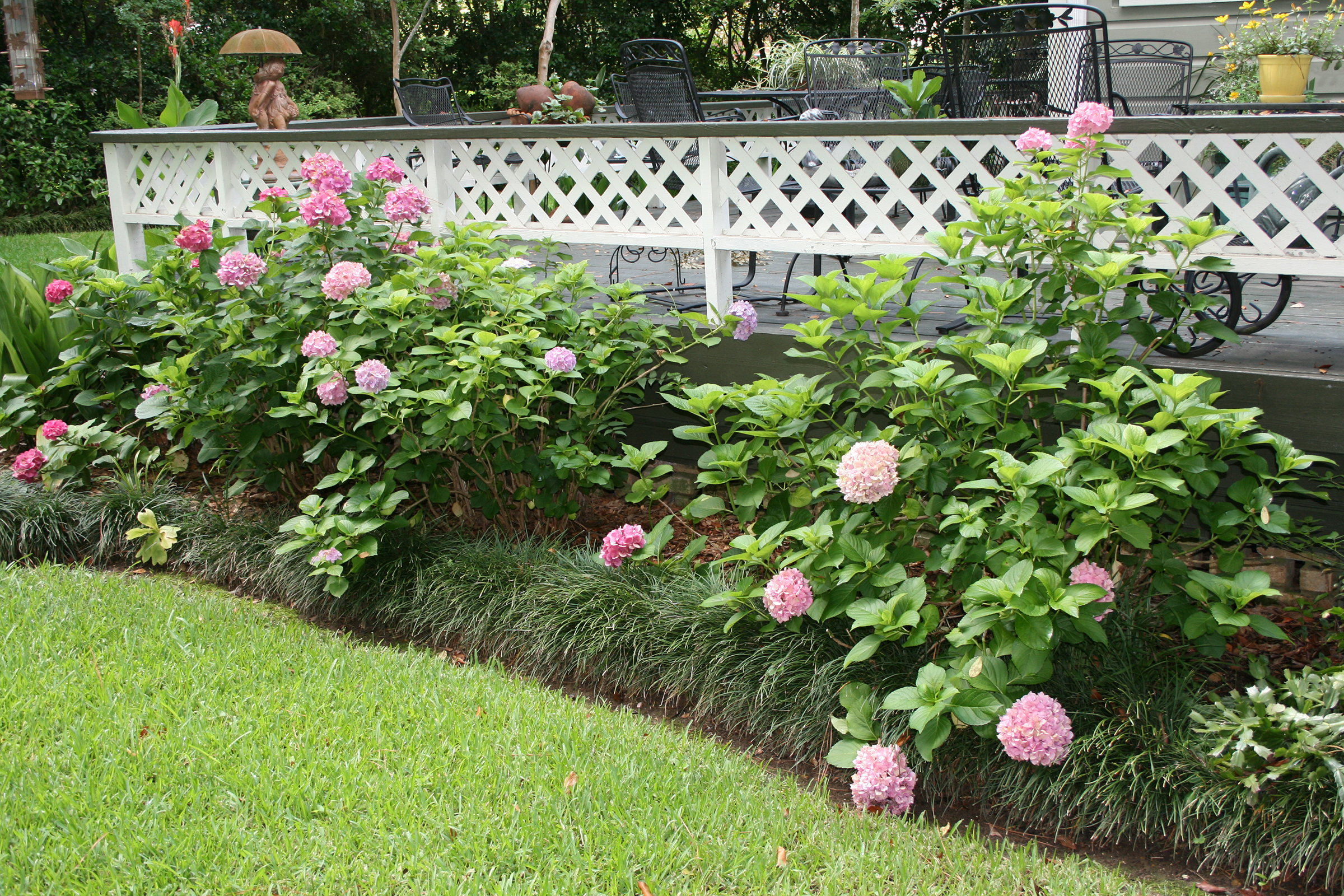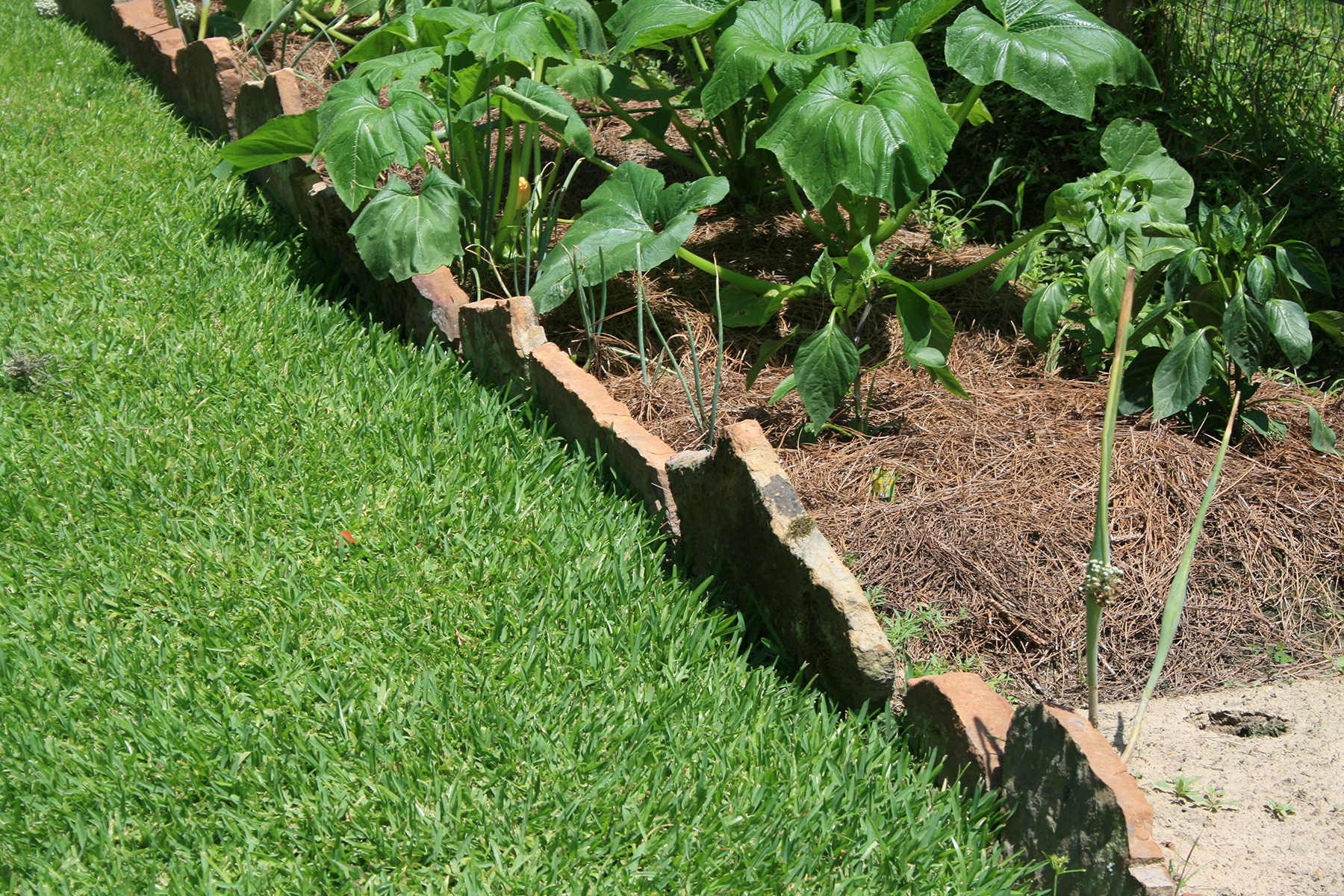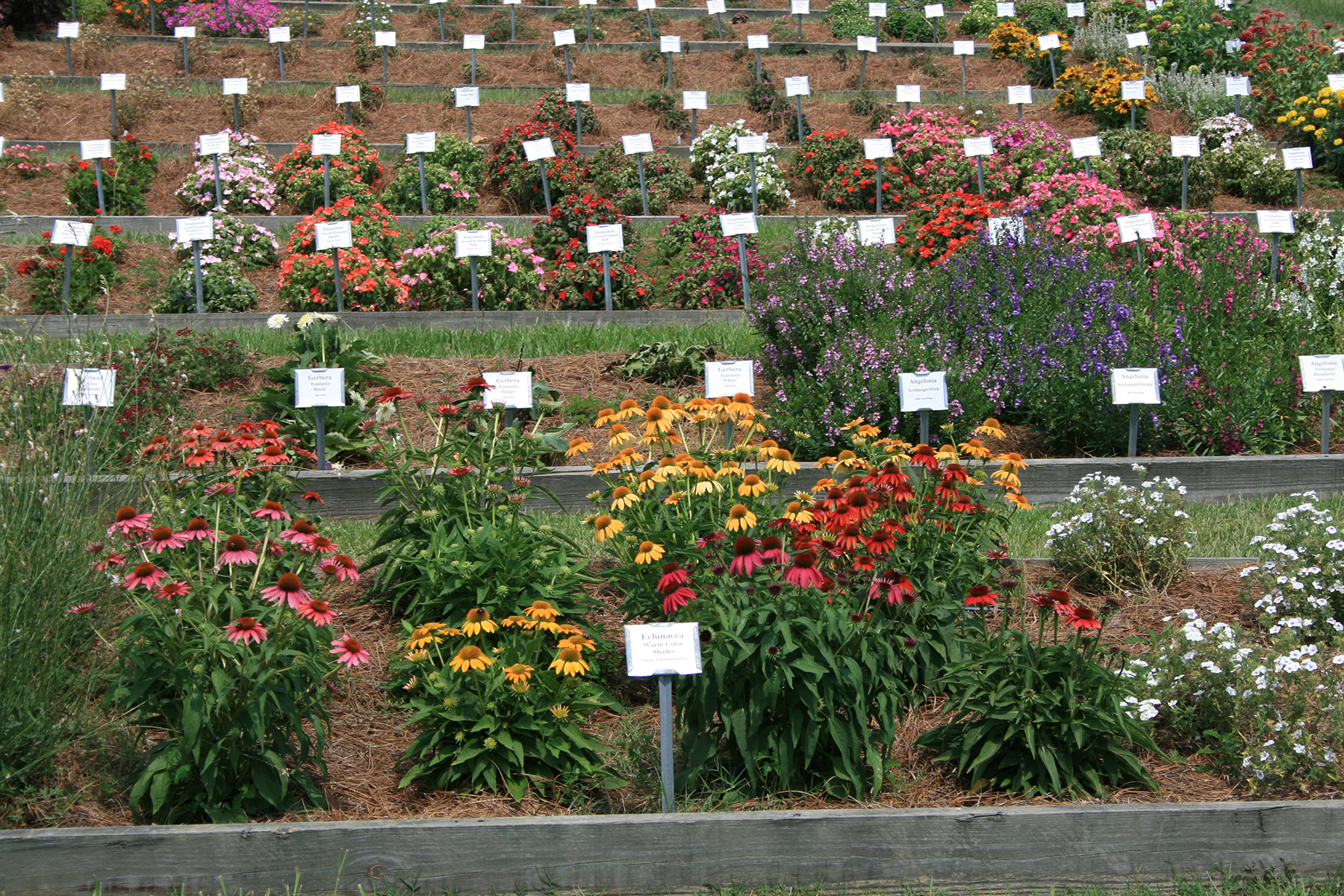Constructing Raised Beds for the Mississippi Gardener
Recently, Mississippians have shown an increased interest in home vegetable gardens. However, many urban homes have small lots, and home gardeners may think there is not enough room for a traditional garden. Also, the amount of time and work required to break new ground can be daunting, especially for an inexperienced gardener.
A better solution to this problem is to grow vegetables and ornamentals in compact, raised beds. With an intensively cultivated area, you need less time and space to produce the home-grown vegetables that everyone desires.
What Is a Raised Bed?
A raised bed is exactly as the name suggests: a landscape or garden bed that is higher than the surrounding grade. A raised bed should be no wider than 4 feet, but length can be whatever suits the site or gardener’s needs. The 4-foot width allows you to reach the center of the bed from either side.
Benefits of Raised Beds
Raised beds offer many advantages for gardening in Mississippi:
- Research suggests yields are increased, primarily due to the much improved drainage of the raised bed compared to in-ground gardening.
- By bringing the garden up a little bit, raised beds help gardeners who have sore backs and achy knees.
- Growing in raised beds allows the gardener to reach into the bed from both sides, leaving no part of the bed uncared for. Also, because the planting soil is not being walked on, the texture of the mix will remain loose and airy.
- Vegetables grow well in raised beds, and flowers do, too.
Choosing Your Site
The first step in planning a raised bed is deciding where to put your garden. Vegetables prefer full sun all day, but they can get by with a minimum of 6 hours per day. If all-day sun is not possible, select a site that receives morning rather than afternoon sun. Orient your bed from east to west to minimize possible shading within the bed.
You need to know where any underground utilities may be located. Homeowners undertaking projects involving excavation or digging must provide utility companies at least 48 hours’ notice. Dialing the Mississippi 811 service will connect you with a Mississippi call center that will alert participating utility companies, such as electric, gas, cable, and phone, about the planned digging, so they can mark the location of their underground lines, if necessary.
A very important factor to consider is how close your bed is to the water faucet! You need to make sure you have an adequate length of water hose to reach the bed.
Another important consideration is site drainage. Don’t locate your raised bed where it can become waterlogged.
Once you have selected your site, remove any weeds with an herbicide such as glyphosate (sold under trade names Roundup, Eraser, and others). If you want to be organic, put several layers of newspaper or cardboard down to kill the grass.
Construction of Raised Beds
The construction parameters of raised beds are quite simple. The width of the raised bed should be no wider than 4 feet. At this dimension, the longest reach is only 2 feet, and this allows easy access to the bed from either side.
A simple, raised planting bed can be made by piling up the growing mix with walkways on either side. However, chances are that the sides will collapse over the course of the gardening season. Each year, the collapsed soil will have to be pulled back onto the raised middle.
Hardscape materials are used to build sides that will keep the growing mix where it belongs and keep your garden looking tidy. The choice of materials is the gardener’s decision, including the newer, treated lumber. The treating process has become very garden-friendly and still resistant to decay. Of course, if you don’t want to use treated lumber, then cedar, fir, and redwood have natural resistance to decay. There are commercial vinyl or plastic materials made for raised-bed gardening. These are more expensive but will last much longer than untreated pine.
A raised bed is simple and fast to construct. For a 4-by-8-foot bed, you will need two pieces of 2-by-12-inch lumber, each 12 feet long, and a few simple tools. Two cuts are necessary; cut a 4-foot segment off of each board. These two short pieces will form the ends of the raised bed. You can make the raised bed as long as you want, but it should not be over 4 feet wide, so plants in the middle can be reached from either side without walking in the bed. Other options include using concrete blocks, recycled concrete, or recycled plastic boards.
Growing Mix for Raised Beds
The next step is deciding what soil to fill the bed with to appropriately benefit your landscape and garden plants.
Because the height of the bed will greatly improve drainage, you could fill the raised bed with native soil. But, in reality, your new raised bed is only a very large container, and the use of native soil is not recommended for container plants.
Use a growing mix made for containers with a high percentage of peat moss, vermiculite, and perlite. This will be light and well-drained. And because the raised bed is contained within side walls, no one is walking through and compacting the growing mix. It stays light and fluffy for whatever you want to grow.
A quick formula to calculate the volume of growing mix you need for your raised bed is: length times width times depth, all dimensions in feet. So for example, if you are making a 4-by-8-foot raised bed out of 2-by-12-inch lumber, use 8 times 4 times 1, which equals 32 cubic feet of growing mix. This equation works for any raised bed regardless of dimensions. The depth of the raised bed can vary between gardeners, but 6 inches is the recommended minimum.
One option is to purchase bagged, premixed potting soil or soilless mixes from garden supply stores. These products have the proper pH for growing vegetables and are good starter fertilizers. These mixes will fill your bed, but they will be the most expensive. If you choose the speed and simplicity of using commercially bagged mixes, you’ll need to calculate how many 2-cubic-foot bags will be needed to fill your raised bed.
Using a commercial potting mix may be a little too expensive. So here’s an alternative mix recipe that will give the same great results: mix equal volumes of peat moss, compost, and pine bark. To make measuring easier, a 5-gallon bucket holds two-thirds of a cubic foot (ft3).
Cost of Raised Bed Construction
In deciding to start any garden project, a smart gardener should determine the approximate cost of the finished project. Below is a materials and cost estimate to construct a 8-by-4-by-1-foot bed.
2 – 2” x 12” x 12’ treated lumber boards $24/each
Price: $48
32 ft3 growing mix $20/yd3 (bulk)
Price: $23; Cubic feet: 27ft3/yd3
Assorted screws/brackets to secure side boards
Constructing raised beds and growing plants in them is one way to help new and old gardeners have greater success in the garden and landscape.
Publication 3087 (POD-06-17)
By Gary R. Bachman, PhD, Extension/Research Professor (retired); Christine E. H. Coker, Extension/Research Professor, Coastal Research and Extension Center; Wayne Porter, PhD, Extension Coordinator (retired).
The Mississippi State University Extension Service is working to ensure all web content is accessible to all users. If you need assistance accessing any of our content, please email the webteam or call 662-325-2262.












